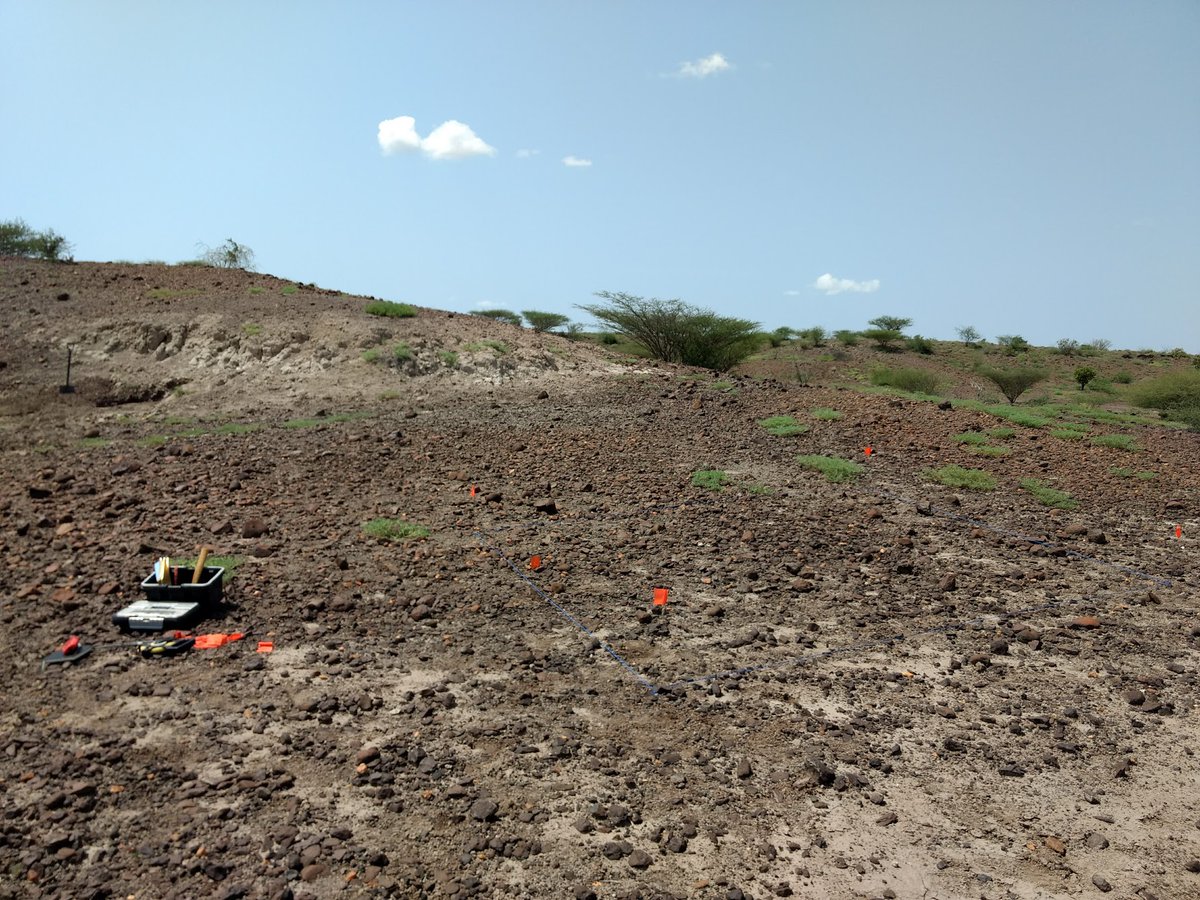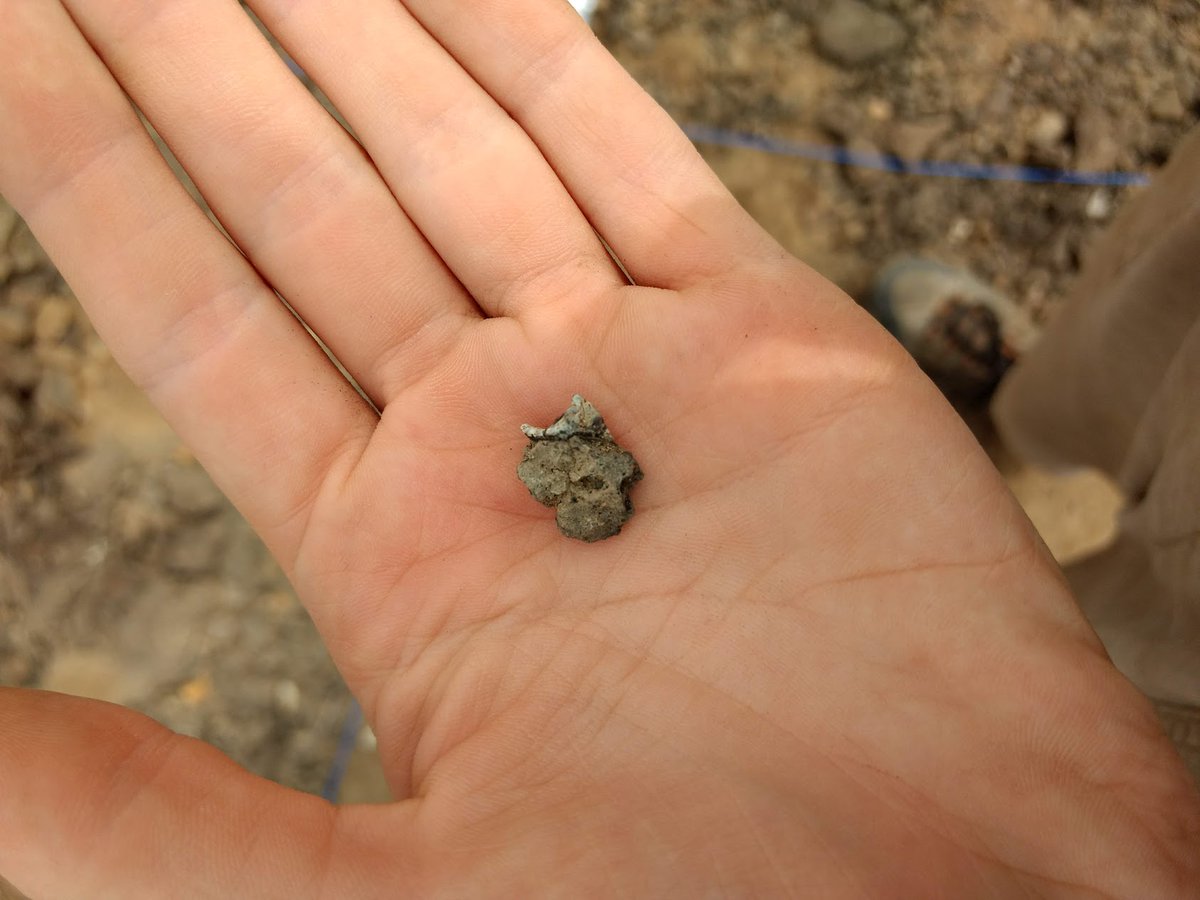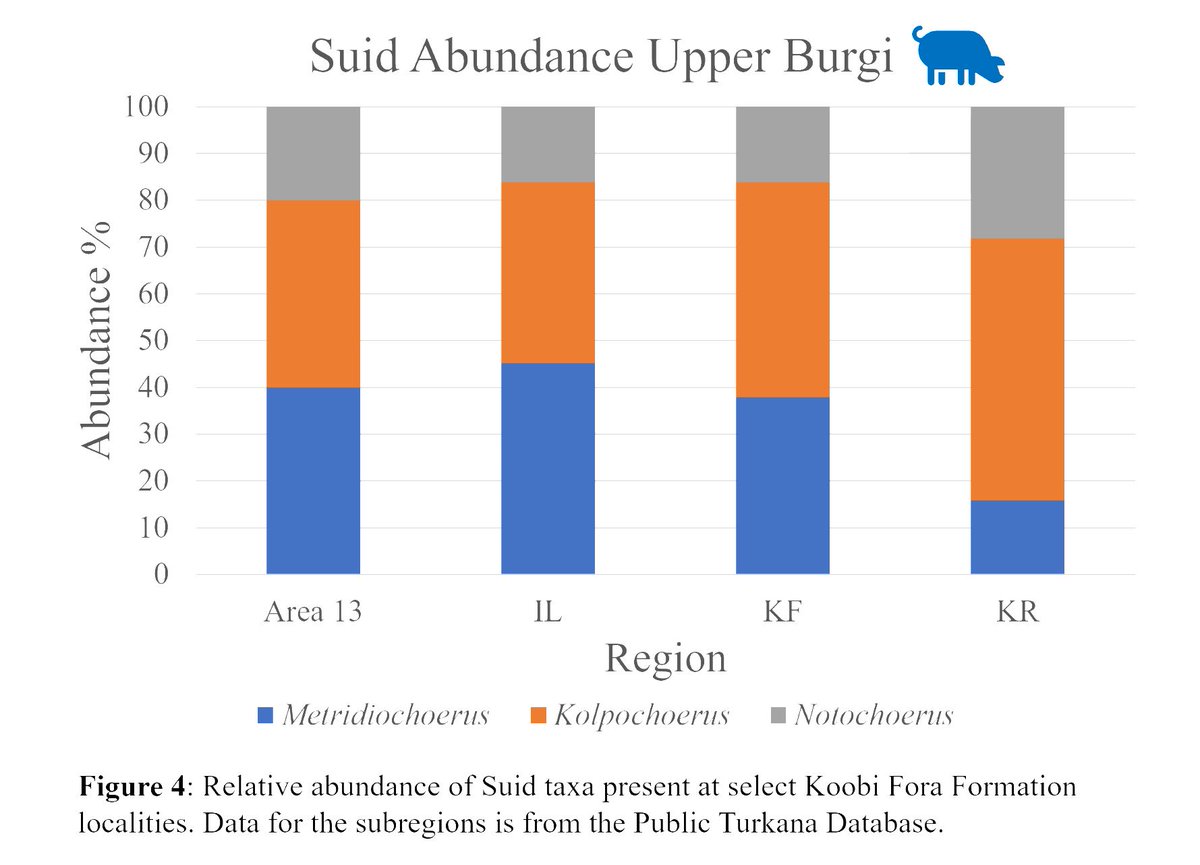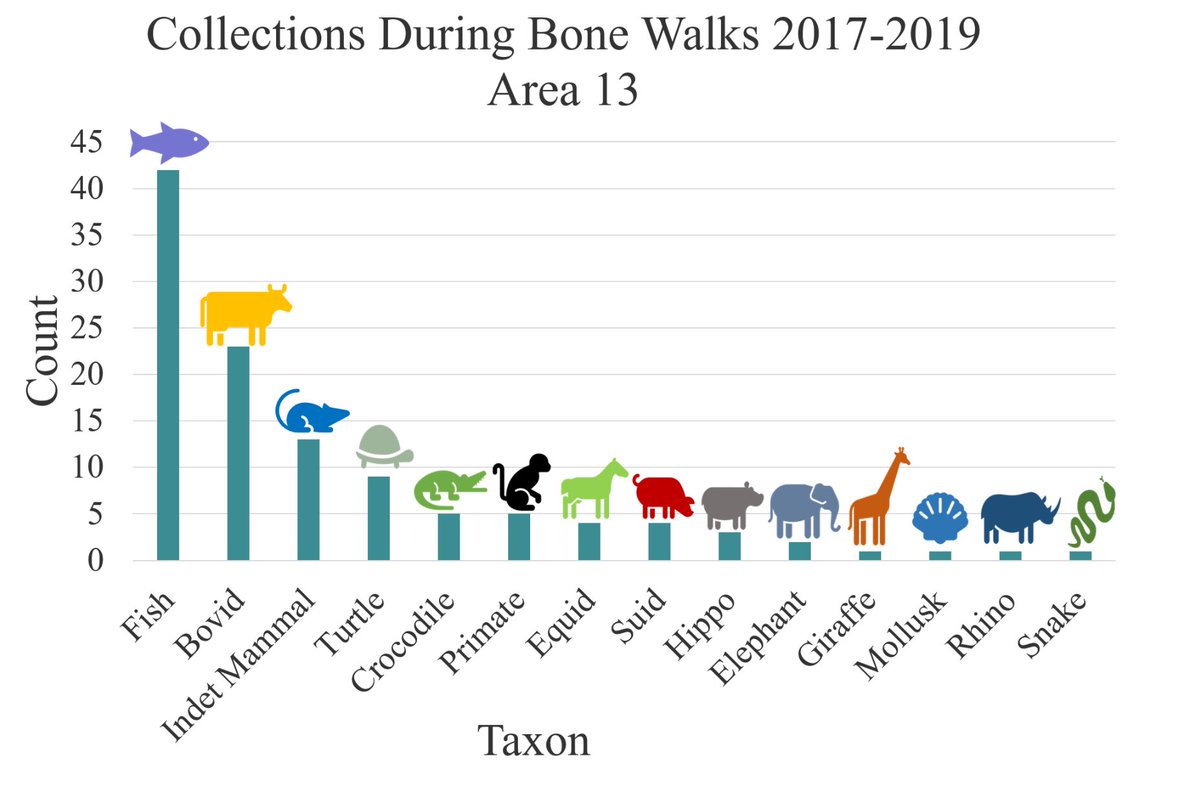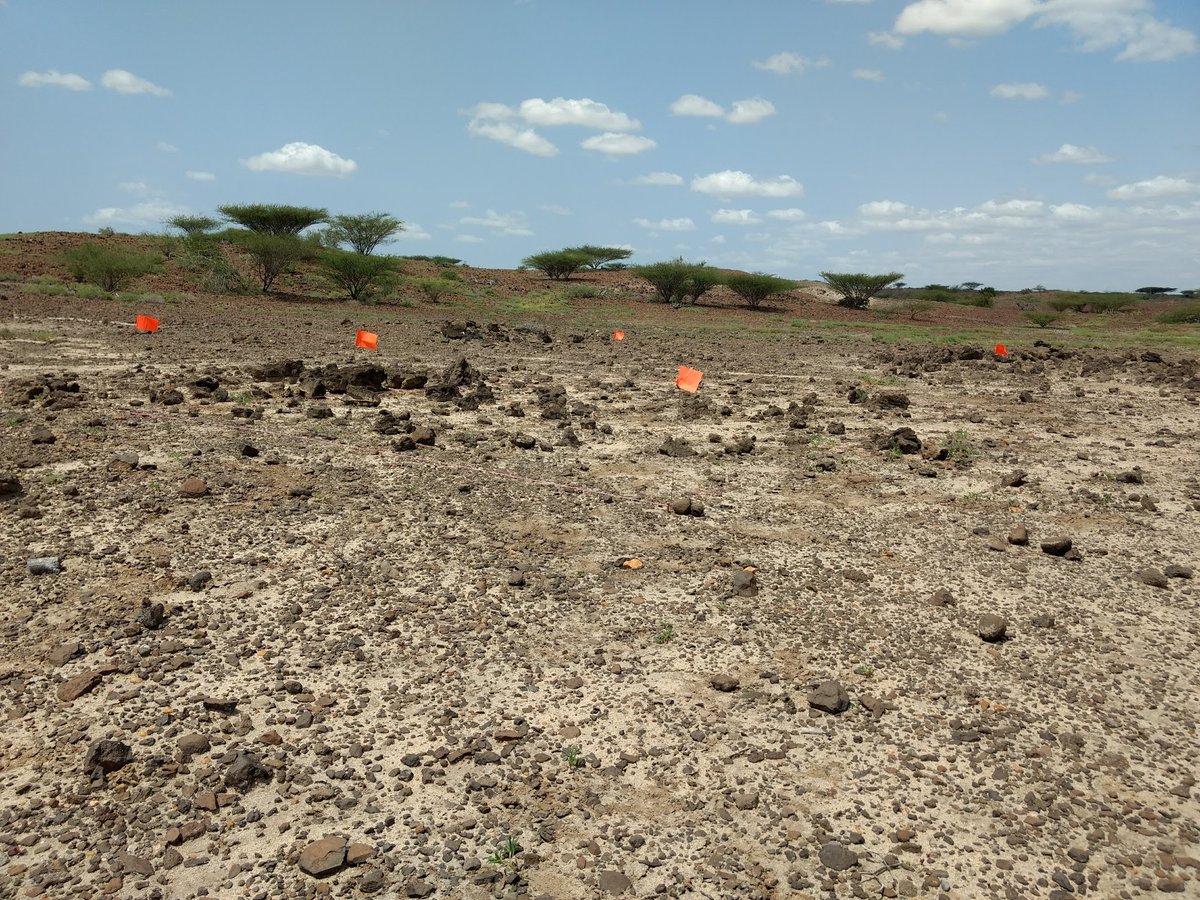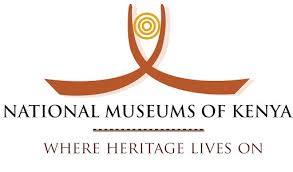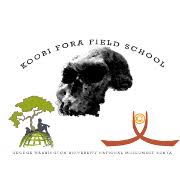Faunal abundance of Area 13 from the Upper Burgi Member of East Turkana
#OUVirtualExpo @BobcatsDiscover @koobiforafs
Leah Myerholtz, College of Arts and Sciences, Anthropology
@ashleyshammond, @csmithbioart, and Sharon Kuo
#OUVirtualExpo @BobcatsDiscover @koobiforafs
Leah Myerholtz, College of Arts and Sciences, Anthropology
@ashleyshammond, @csmithbioart, and Sharon Kuo
Reconstructing the paleoenvironment of East Turkana is crucial for understanding the evolution of fossil taxa. However, the East Turkana environment likely varied substantially among different subregions in the Upper Burgi Member due to the positioning of water sources.
Upper Burgi Member (UB; 2.62-1.87 Mya)
The UB paleoenvironment in Area 13, located near the Ileret Subregion, is especially interesting given the number of important fossils recovered there, but remains poorly understood.
The UB paleoenvironment in Area 13, located near the Ileret Subregion, is especially interesting given the number of important fossils recovered there, but remains poorly understood.
During the 2017-2019 seasons of the Koobi Fora Field School, taxonomically identifiable fossils were collected from Area 13 and compared with Upper Burgi faunal counts in the Public Turkana Database from the following collection areas: Koobi Fora(KF), Ileret (IL), and Karari (KR)
A Fisher& #39;s Exact Test was used to determine whether Area 13 was unique compared to surrounding and nearby subregions. The bone walk data from Area 13 did not differ significantly from KF (p=0.33) nor KR (p=0.07), but did differ from the IL Subregion (p<0.05).
This is largely due to the large number of fish and reptiles in Area 13, suggesting proximity to a water source for that specific area. The figure below shows the distribution of Upper Burgi Member fauna found in Area 13 from 2017-2019.
Future work should consider variation within each Turkana subregion and how paleontological collection methods may bias the available data to a primarily mammalian terrestrial ecosystem.
Funding statement: This research was sponsored by the National Science Foundation (IRES-OISE 1358178) and would not be possible without the support of the National Museums of Kenya.

 Read on Twitter
Read on Twitter
